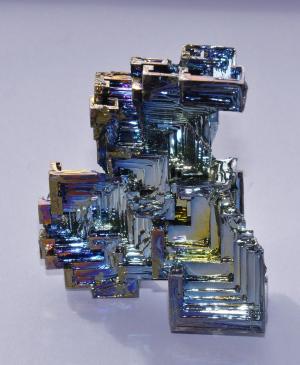Metals are central to the progress of civilization. From the early furnaces of the Copper Age to the present-day laboratories developing sophisticated alloys and compounds, metallurgy has shaped most aspects of man's daily life for the past 10,000 years.
As the world enters a new age, characterized by an ever-growing need across the industrial landscape for new, high-performance materials, a renewed effort is needed to develop high-value, high-efficiency metal products.
Europe has decided to meet this grand challenge—as grand as the energy challenge it is closely connected to—by establishing a one-billion-euro research program "that can design, develop and deploy the next set of revolutionary alloys and composites for key industrial applications," as recommended in 2012 by the European Science Foundation.
The program, called Metallurgy Europe, will cover seven years and include contributions from 170 companies and laboratories from 20 countries. According to its promoters, it has the potential of creating over 100,000 new jobs in the materials, manufacturing and engineering sectors.
"This new program allows us to enter the high-tech metals age. The top management of industry have come together for the first time on this important topic, and there is a confident feeling that Metallurgy Europe will deliver many unique, exciting and profitable technologies," explains David Jarvis, head of strategic and emerging technologies at the European Space Agency and chairman of Metallurgy Europe.
Fusion is among the fields of research and industry that stand to benefit most from such an initiative. We asked Elizabeth Surrey, Technology Programme Leader at the Culham Center for Fusion Energy, CCFE (one of the partners in Metallurgy Europe) to explain what is at stake for the fusion community.
Why is metallurgy so important for fusion's future?
Fusion research is entering a more technology and industry focused phase and new, advanced technologies are required to successfully deliver economical fusion power. Key to this drive will be the development of new materials that can operate within the unprecedentedly demanding environmental conditions anticipated in future fusion reactors, for example high radiation levels, high temperatures and very high heat fluxes. Advanced manufacturing and characterization will be critical in developing these new materials as well as in understanding the effects of the fusion environment on current and future alloys; thus, the success and economics of fusion power critically requires active engagement with metallurgy.



